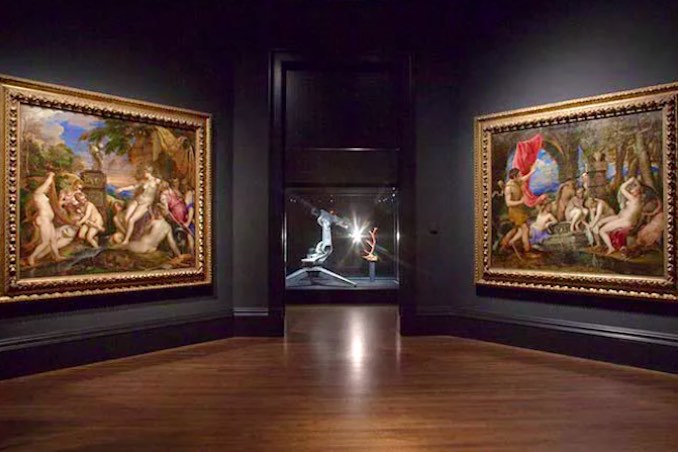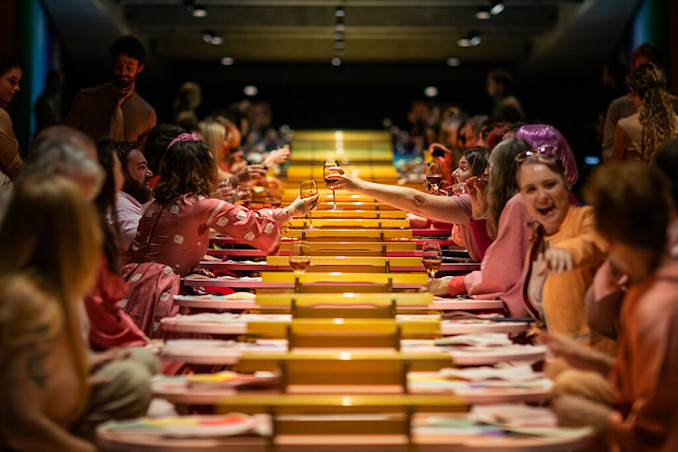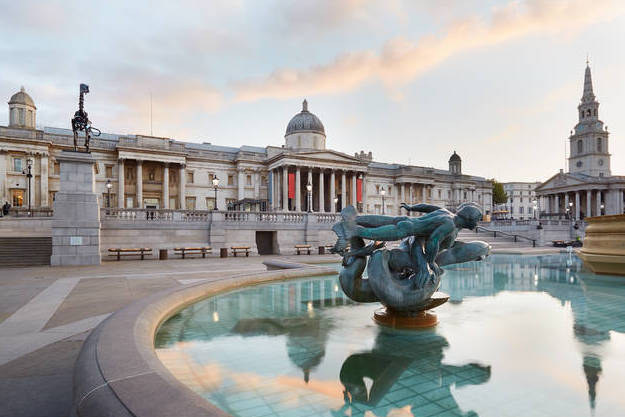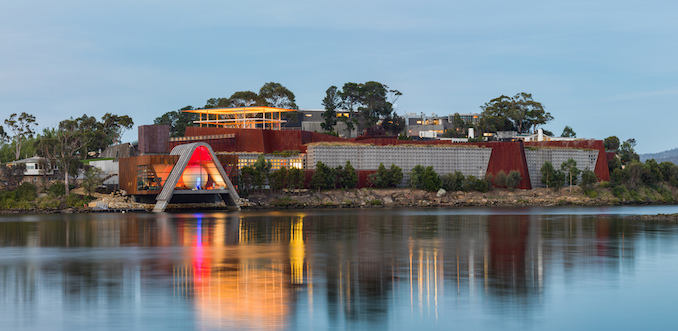National Gallery London: see Lucian Freud ‘New Perspectives’
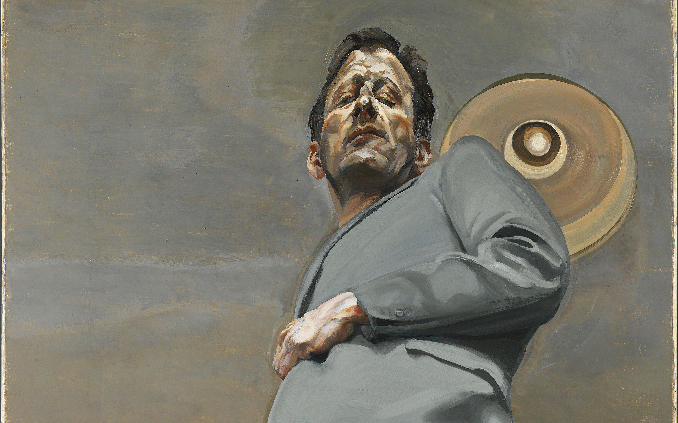
Get your tickets into the world of Lucian Freud (same name; not the psychologist you’re thinking of), the artist celebrity has often overshadowed approaches to the artist’s work and the historical contexts in which it was made. This exhibition at London’s National Gallery at Trafalgar Square seeks to present new perspectives on Freud’s art, focusing on his tireless and ever-searching commitment to the medium of painting. Sponsored by Credit Suisse, the exhibition will give visitors the opportunity to see the astonishing range of work and the remarkable artistic development of one of Britain’s finest figurative painters. Think renowned pieces like HM Queen Elizabeth II (2001, lent by Her Majesty The Queen from the Royal Collection), Girl with Roses (British Council Collection) from the 1940s; to Reflection with Two Children (Self-Portrait) (Museo Nacional Thyssen-Bornemisza, Madrid) in the 1960s and right through to his famous late works, such as The Brigadier, 2003-04 (Private Collection.) As ever at the National Gallery in London, will be an exhibition to journey for and a deep dive into the mind and technical skill of one of surreal expressionists of history. Dr Gabriele Finaldi, Director of the National Gallery, said: ’The Freud centenary exhibition at the National Gallery offers the opportunity to reconsider the artist’s achievement in the broader context of the tradition of European painting. He was a frequent visitor to the Gallery whose paintings challenged and inspired him.’ For more and to book tickets, head to the National Gallery website


